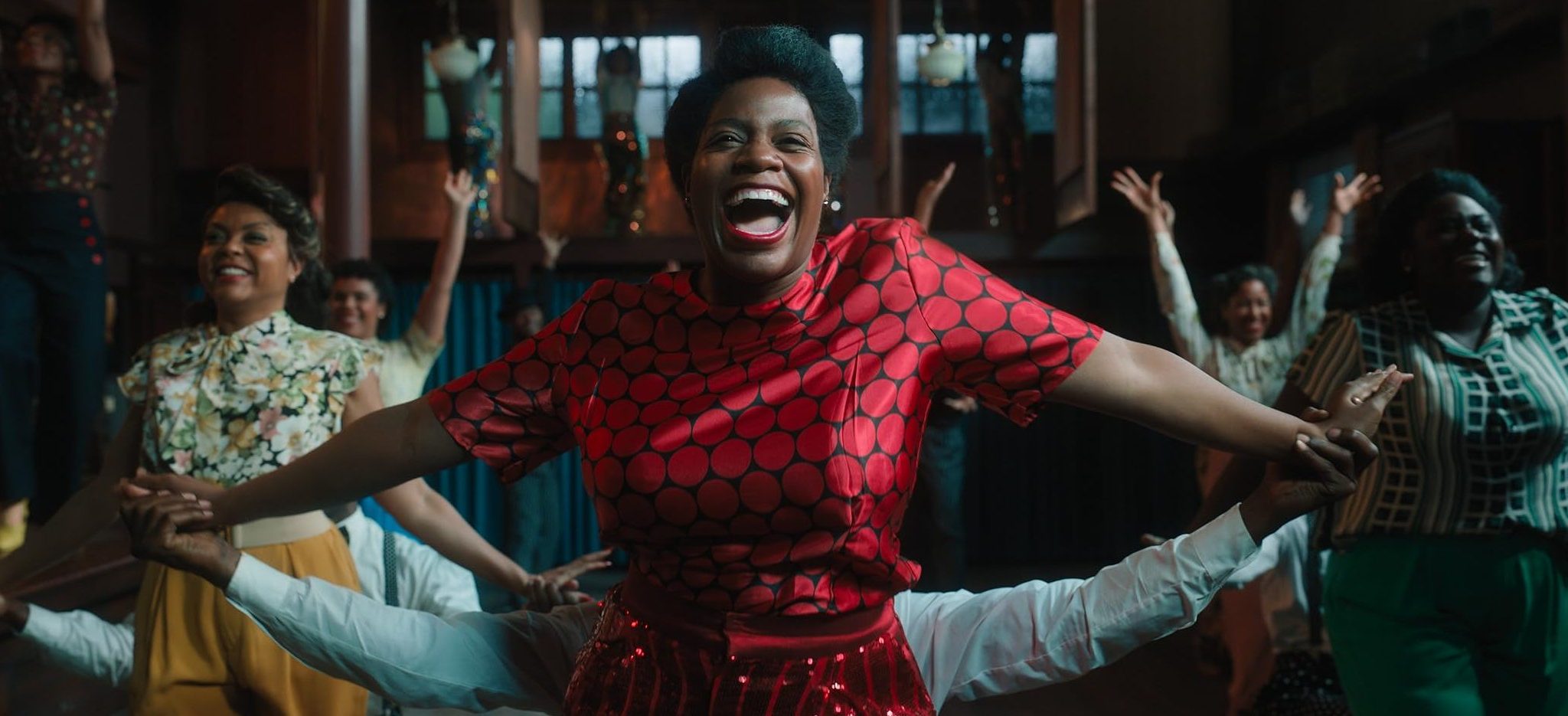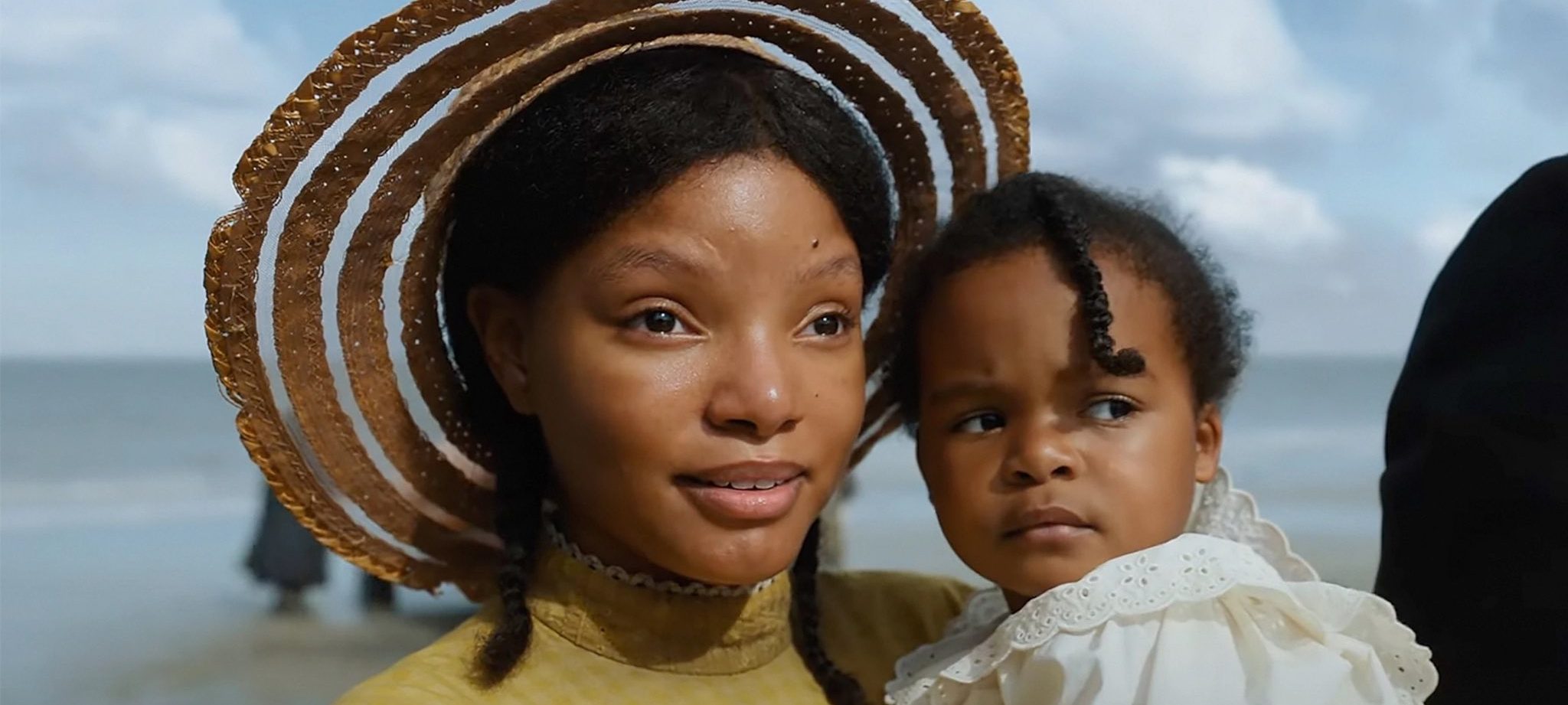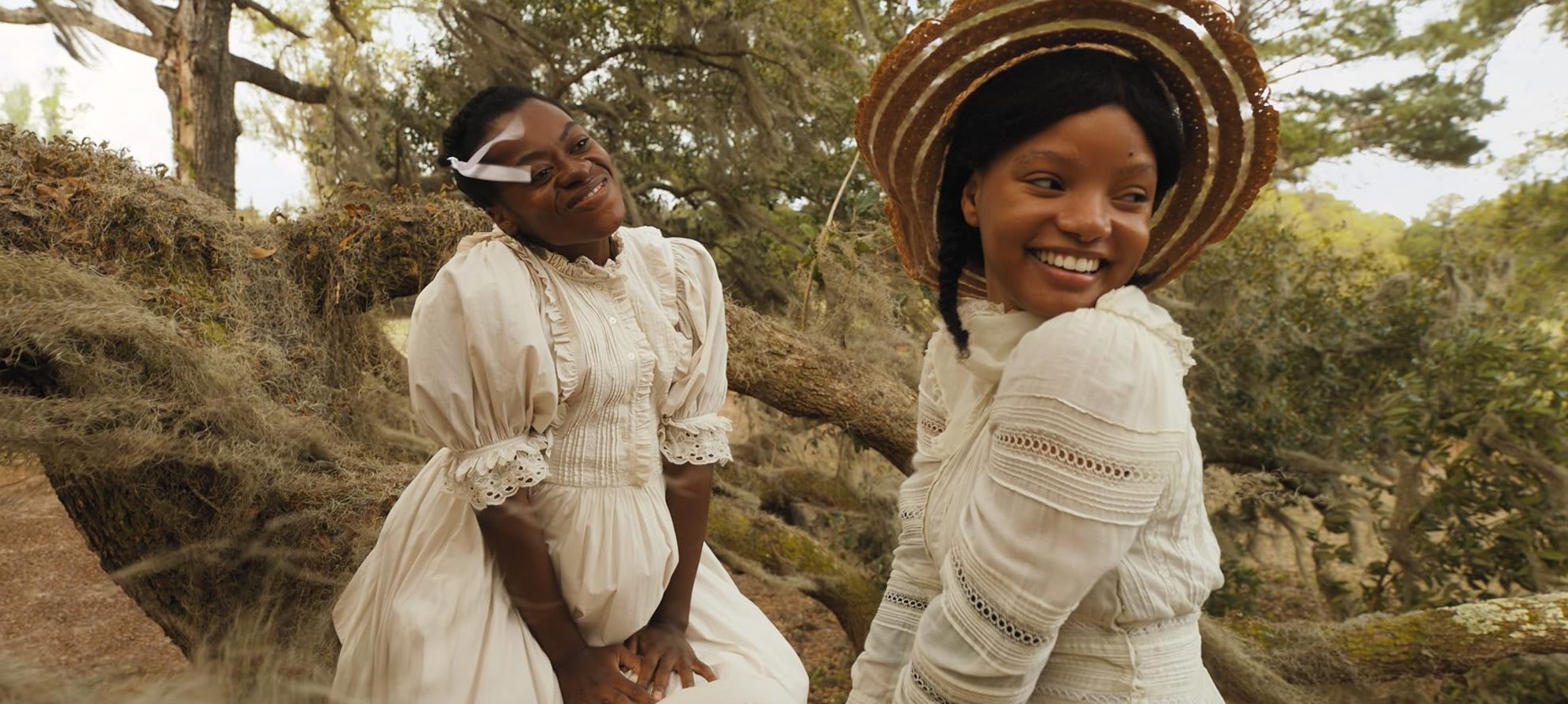Blitz Bazawule’s historical film ‘The Color Purple’ revolves around the endearing relationship between Celie Harris-Johnson and her sister Nettie Harris. When their father Alfonso misbehaves with Nettie, she runs to her sister, only for Celie’s husband Albert “Mister” Johnson to try to rape her. When Nettie resists Mister, he banishes her from his home, separating the two sisters. The film is based on Alice Walker’s Pulitzer-winning novel of the same name. Celie and Nettie are characters the author created for her literary work. That doesn’t mean that they do not have real-life connections. Although the novel is not based on a true story, the characters are rooted in reality!
The Real-Life Inspirations Behind Celie and Nettie
While Nettie is almost a fictional character, Celie can be seen as a fictitious counterpart of Alice Walker’s grandmother Rachel. “A lot of the things in ‘The Color Purple’ happened to people in my family long before I was born. My grandmother was murdered by a man who wanted to be her lover. It really influenced my imagination because I really missed her,” the author said in an interview given to the New Jersey Performing Arts Center. However, the novel isn’t a biographical account of Walker’s grandmother. “Part of the creation of ‘The Color Purple’ is just out of a longing, to be more intimate with my ancestors at a time when I didn’t exist,” she added, clarifying the intention behind creating Celie and her saga.

Still, the heart-rending experiences Celie deals with in the novel and Blitz Bazawule’s adaptation are based on the abuses Rachel dealt with in reality. “[Celie] is based on the life of my grandmother, Rachel, a kind and loving woman brutally abused by my grandfather, and whoever was, in reality, the father of her children, offspring none of the family ever saw,” Walker said in a statement. Like Celie, who eventually starts cherishing a heartening relationship with Shug Avery, the author’s grandmother also found love in a woman.
“It is safe to say, after a frightful life serving and obeying abusive men, who raped in place of ‘making love,’ my grandmother, like Celie, was not attracted to men. She was, in fact, very drawn to my grandfather’s lover, a beautiful woman who was kind to her, the only grown person who ever seemed to notice how remarkable and creative she was,” Walker added. Even though the author integrated fictional details into Celie and Shug’s romantic arc, the foundation of the same is rooted in reality.

Walker also wanted Celie to mirror herself. As an African-American woman who was born in a family of sharecroppers and grew up in Georgia in the 1940s and 1950s, the author had to face several challenges. Her women characters and their relationships are deeply personal to her. “[I] wanted to give my family and friends an opportunity to see women-loving women — lesbian, heterosexual, bi-sexual, ‘two-spirited’ — womanist women in a recognizable context. I wanted them, I suppose, to see me,” Walker wrote in her 1997 book ‘The Same River Twice: Honoring the Difficult.’
As far as Nettie is concerned, Walker’s own experiences seemingly influenced the characterization of Celie’s sister. In the novel and the film, Nettie leaves for Africa after parting ways with Celie as a part of a missionary group. In reality, Walker lived in Kenya and Uganda as an exchange student. Her experiences of living in the continent, the home of her ancestors, can be paralleled with Nettie’s time in the region. Nettie steps into the African soil as someone who has returned home. She forgets the pain of separating from her sister by immersing herself in the glory of African culture, which can be something the writer experienced during her time in the region.
Read More: The Color Purple (2023): All the Filming Locations


You must be logged in to post a comment.